Routing by Short Code and Tag Identifiers
This provides information on how to configure a Skill Routing Identifier, as well as information on IP Office Short Code Routing and Routing to Skill Group by Tag.
Skill Routing Identifier Configuration
This combines the previous routing by tag with the new routing by short code; they are both configured in the same dialog.
Short code routing numbers can be configured on the IP Office and then added in Chronicall. This requires configuring the short code routing on the IP Office and then adding in the desired number as the short code to match up with that skill. For example, the image below shows the number 412 and Sales tag as the desired short code for the skill “Default.”
IP Office Short Code Routing
Once the short code has been put in, you can then route to skills based on their short codes. This works similarly to tags, but has a slightly different configuration on IP Office.
The “Incoming Call Route” will route to a short code that routes to the SIP extension. Read the short code once received by the extension, and then route it to the skill with that short code in your identifier.
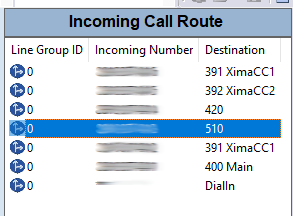
Here is an example to further explain. In this example, the Multimedia extension is 392. The Incoming Call Route has been set up to send to the destination 510 (see the blue highlighted bar in the image below). In this example, 510 is also going to be our Skill Routing Identifier.
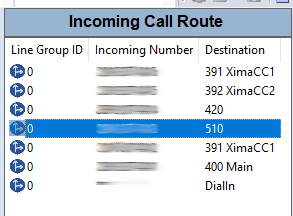
The short code configured is 5XX with the feature Dial Extn (seen in below image under the Short Code tab in the Code and Feature fields respectively). The short code in this example will accept any three digit number starting with “5” and send it to the extension 392.
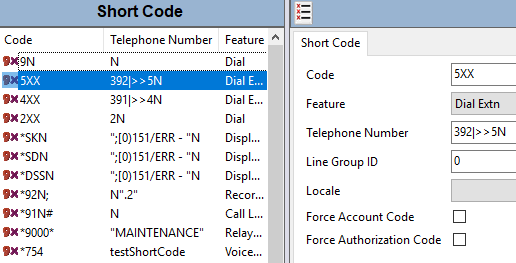
The Telephone Number field (seen in image above under Short Code tab in the Telephone Number field) sends the call to the extension prior to the “|” (pipe) with the configured mask applied. The digits input for XX in 5XX are sent with the mask in place of the “N.”

Routing to Skill Group by Tag
If a call is routed to one of the pre-configured extensions without a shortcode as referenced above, the service will look for a Tag associated to that call as a secondary routing identifier.
A Tag can be assigned to the call by the Incoming Call Route configured in IP Office Manager:
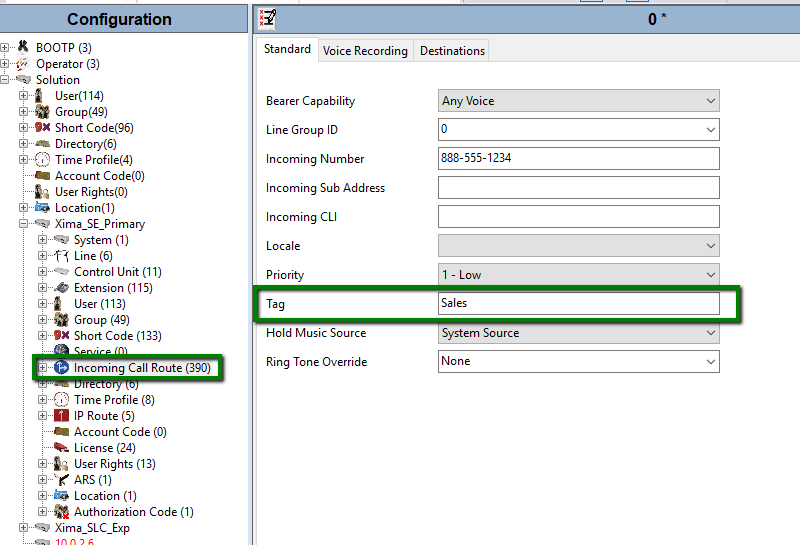
The destination of the Incoming Call Route will need to be an IP Office hunt group with the virtual extensions, and the Tag used will need to be configured with the exact spelling in the Skill Group settings:
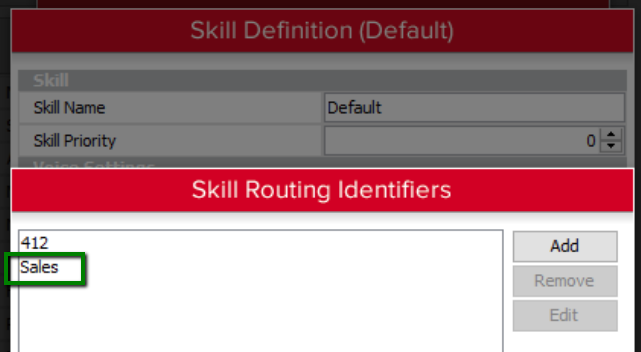
Updated 2 months ago